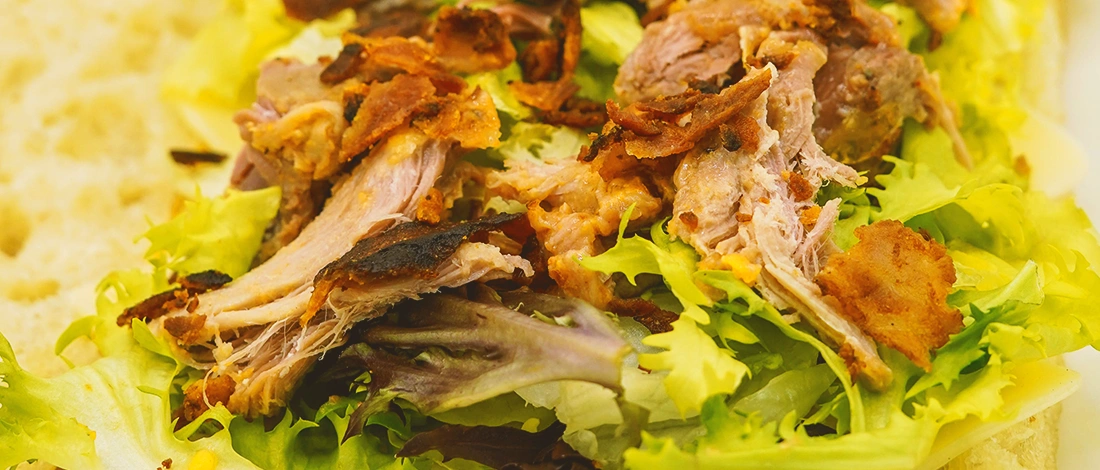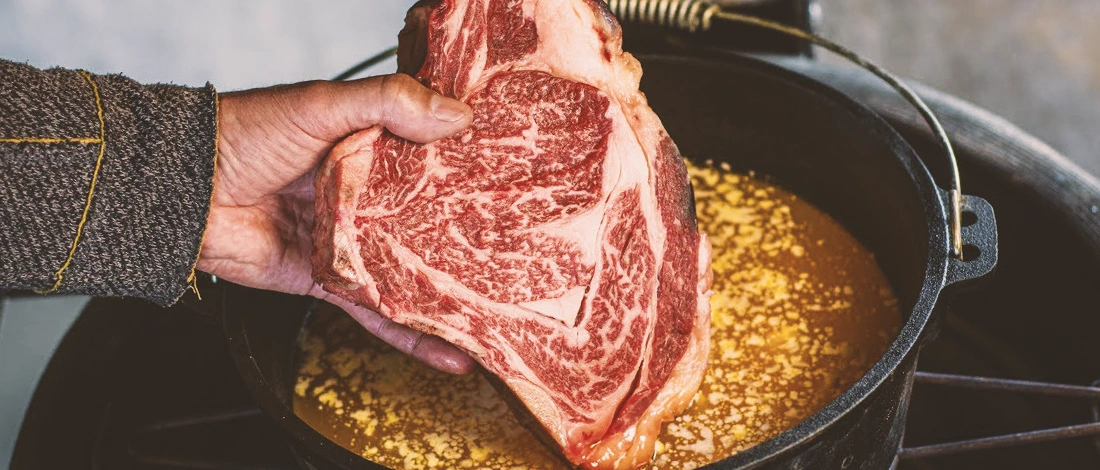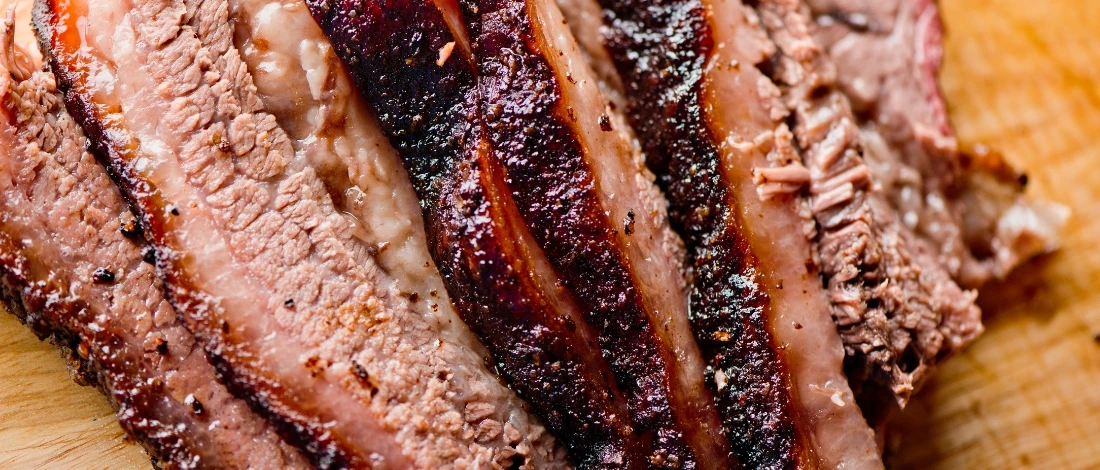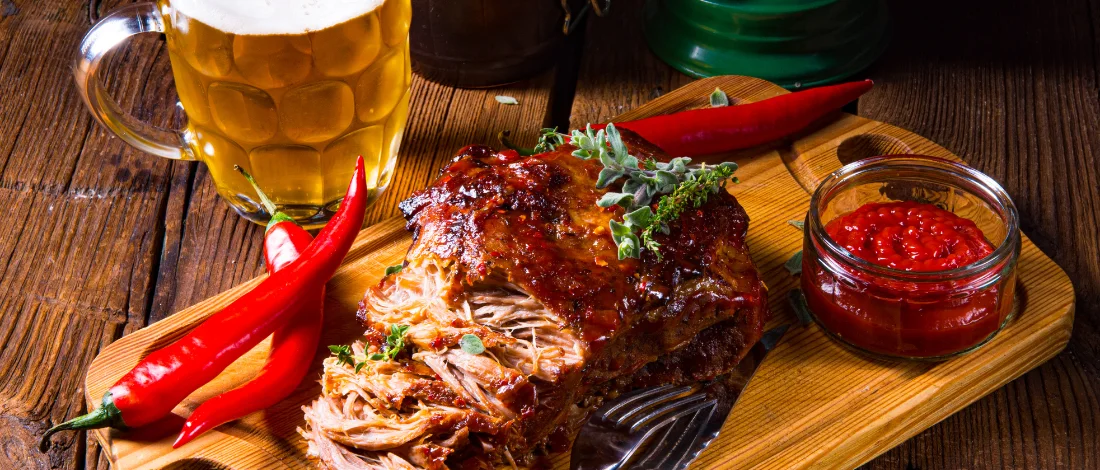As a seasoned pitmaster with over a decade of experience in smoking meat, I've learned that the key to perfect pulled pork lies in achieving the proper internal temperature.
Cooking meat to the correct internal temperature not only ensures a safe and delicious dish but also affects the final product's tenderness and juiciness.
Today, I'll share my insights and tips on achieving the ideal internal temperature for the best pulled pork you've ever tasted.
Quick Summary
- The best internal temperature for great pulled pork is between 195°F and 204°F.
- Meat thermometers are essential for achieving the correct internal temperature.
- Resting the meat after cooking is also crucial for ensuring juicy pulled pork.
What Is the Ideal Internal Temperature for Pulled Pork?

The ideal internal temperature for pulled pork is between 195 degrees Fahrenheit and 204 degrees Fahrenheit [1].
The meat's muscle fibers will break down at this temperature range, resulting in tender meat that falls apart easily.
This temperature range ensures that the cooked pork is tender and easy to shred. The pork can become dry and tough if it reaches a higher temperature.
Cooking time for this dish can take 4 to 16 hours, depending on the cooking method. Start cooking early and use a meat thermometer to ensure the pork reaches the perfect internal temperature.
For an accurate reading, insert the thermometer into the thickest portion of the meat.
Cooking Process for Pulled Pork
The cooking process starts with choosing the proper cut of pork. Pork shoulder or pork butt is the best cut for making pulled pork.
This cut is known for its high-fat content and connective tissue, which makes it ideal for slow cooking.
When choosing pork, look for cuts with a good amount of marbling.
Before cooking, you have to prepare the meat. Remove any excess fat and pat the pork dry with a paper towel. This helps the seasoning stick to the meat and produces a crispy bark.
Rub your favorite barbecue rub all over the pork and let it rest for at least an hour. As the meat cooks, the flavor of the rub will penetrate through the pork.
3 Ways to Cook Pulled Pork

There are several methods for cooking this dish, including smoking, grilling, and cooking in a crockpot or slow cooker.
No matter which way you choose, the key is to cook pulled pork at a low temperature for an extended period until it reaches the desired internal temperature.
This allows the meat to cook slowly and evenly, resulting in tender meat.
- Smoking: Smoking is the most time-consuming method for cooking pulled pork, but it gives the meat a unique woody flavor. To smoke the pork, place it on the grill rack at a low cooking temperature until the meat reaches the desired internal temperature. You should also use wood chips such as oak or hickory to add flavor to the smoking process. For a pellet grill, set the grill’s temperature to 225°F.
- Grilling: Grilling is another option for making pulled pork. Use a gas grill or low charcoal fire at low to medium heat and cook pork butt until it reaches the desired internal temperature. This will take several hours, but you can get some good wood smoke flavor using the aluminum foil pouch method.
- Slow-cooker or oven method: Cooking slowly in a crockpot or oven is the most convenient method and can be done indoors. It may not have the same flavor as smoking, but it yields tender, delicious pulled pork.
Remember to let the pork cook until it hits the ideal temperature. Temperature is far more important than cook time regarding this fatty cut of red meat.
Resting and Shredding Pulled Pork
Once the meat reaches the desired temperature, remove it from the heat source and let the pork rest on the cutting board for at least 30 minutes.
Resting allows the meat to cool down and reabsorb its juices, producing a juicy and tender final product.
After resting, use two forks or meat claws to shred the pork into small pieces with a rich texture.
Pull apart the pieces in opposite directions until they are shredded nicely into small bits, and place them into a large bowl ready for serving with barbecue sauce or buns.
"There's something magical about the slow-smoked, succulent flavors of pulled pork that just takes your taste buds on a journey."
- Tiffani Thiessen, American Celebrity Chef
Also Read: How to Shred Pork?
Choosing the Right Cut of Pork for Pulled Pork
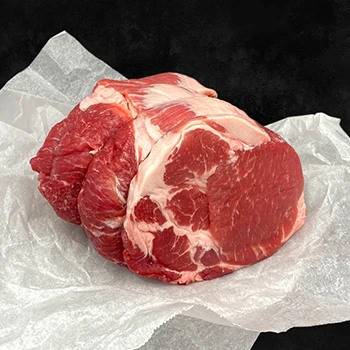
As mentioned earlier, pork shoulder or a Boston butt is the best cut of meat to use for pulled pork due to its fat content and marbling. Boston butt is also known as picnic roast, picnic shoulder, Boston roast, or pork butt roast.
It comes from the shoulder and entire front leg of the pig (and often is sold with the leg bone intact). This cut is used to make pork crackles, pork slices, char siu, and other types of Chinese-style cooking.
It is a tough cut of meat that requires long cooking times to break down the connective tissue into juicy gelatin and make pulled pork tender.
Pork butt is the thicker, meatier part of the shoulder and has a higher fat content than other cuts of pork.
Some people try to use a pork loin for their pulled pork. However, pork loin is not ideal because it is too lean a cut of meat. Leaner pork, like chops and pork roasts, can dry out quickly, resulting in a tough meal.
If you want to use a pork roast, consider adding some liquid, such as fruit juice, to the cooking process to keep the meat moist.
Tips for Perfect Pulled Pork

- Allow enough time for smoking - depending on the size of the pork shoulder, it can take up to 18 hours to smoke the meat to perfection.
- Maintain a consistent temperature - over a long period, fluctuations in the temperature can affect the cooking time and the tenderness of the pork.
- Use a water pan - adding a water pan to the smoker can help to keep the meat moist and prevent it from drying out.
- Baste the pork - brushing a mixture of vinegar and apple juice over the meat can help to increase the unique rich flavor and tenderness of the pork butt.
- Wrap the meat in foil - wrapping the pork shoulder in foil halfway through the cooking process can help to speed up the cooking time and lock in moisture.
- Enhance the flavor with sauce - a drizzle of barbecue sauce, either homemade or store-bought, can take the taste of your pulled pork to the next level.
- Serve the dish with your favorite sides - like coleslaw or cornbread, for a classic Southern-style barbecue feast.
FAQs
Is Pulled Pork Cooked to 190 Degrees Fahrenheit?
Pulled pork is not cooked to 190 degrees Fahrenheit. To ensure that the pork is tender enough to be pulled apart, it's recommended that you cover the meat with foil at 160 degrees Fahrenheit and continue cooking until it reaches at least 195 degrees Fahrenheit.
Is 210°F Too Much for Pulled Pork?
Yes, 210°F is too much for pulled pork. The sweet spot is 199°F, which allows the pork butts to get tender and juicy without becoming dry or tough. If cooking at temperatures as high as 210°F, the meat begins to become overly dry and challenging to pull apart.
References:
- https://www.kingsford.com/recipes/series/pork/how-to-smoke-a-pork-shoulder/


